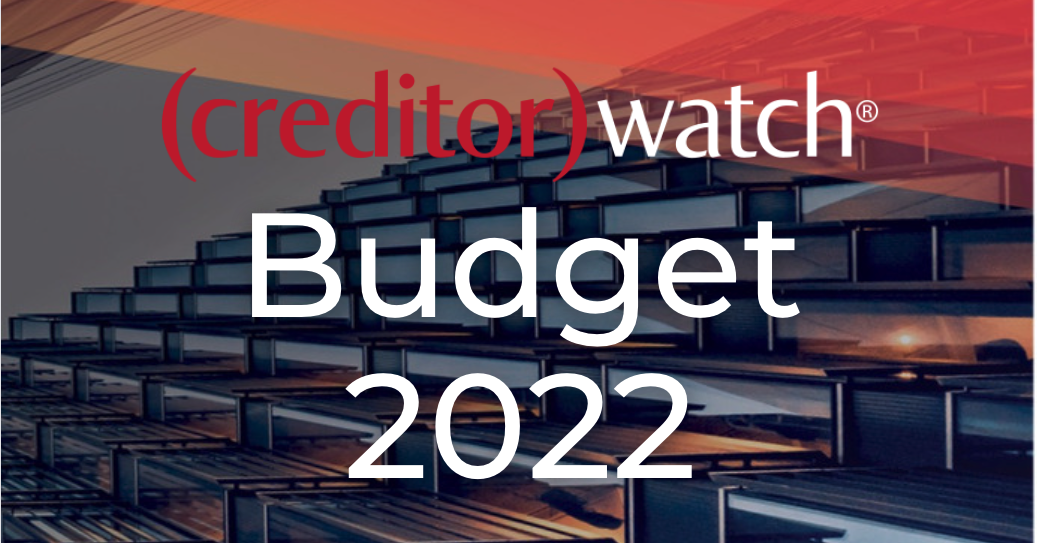Following Australia’s 2022 Federal Budget announcement last night, please find comments below from CreditorWatch CEO, Patrick Coghlan, on the impact this will have on Australian businesses and the wider economy.
Patrick Coghlan, CEO at CreditorWatch, says the innovation agenda will drive future spending:
“This year’s announcement was designed to support the economy’s path out of the pandemic with the cost of living and infrastructure key focus areas. Businesses and consumers are still struggling after a number of difficult years and the government has issued a pre-election Budget that focuses on both infrastructure and the bush.
“The Federal Budget confirmed a $78 billion deficit for the 2021/2022 financial year. This is a material reduction to the December 2021 mid-year review, which forecast an almost $1 trillion deficit by 2026. This year’s Budget precludes an expected fall in the unemployment rate to 3.75 per cent, which puts a large amount of pressure on wages.
“Ultimately, it’s a seminal Budget for an election year that follows two extremely difficult years.”
Patrick draws upon key areas that will support the SME community and consumers alike.
New incentives to support cost of living
At this year’s budget, the federal government was keen to ease the inflation burden for the community, given the Consumer Price Index (CPI) was up 3.5 per cent for the year to 31 December 2021.
CPI is calculated by the Australian Bureau of Statistics (ABS) and measures how the cost of metro household expenses changes over time.
So from 1 July this year, the federal government says 10 million low and middle income earners will be eligible for a $420 tax offset.
A temporary plan to halve fuel excise by 50 per cent for six months will cut petrol and diesel excise from 44.2 cents per litre to 22.1 cents per litre.
Investing in our future
Start-ups are a focus of this year’s budget, with $2 billion set aside for commercialisation of early stage ventures. The federal government has also announced a review of employee share schemes, to help smaller businesses attract staff in a very tough labour market.
The Coalition government released a range of new spending programs to drive the national economy. On the back of an already substantial commitment to building our roads, rails, ports, energy infrastructure and telecommunications, this year’s budget includes $17.9 billion in new infrastructure spending. The federal government has also apportioned substantial funds for rural and regional Australia, including $480 million for the NBN outside cities.
Measures for older Australians extended
The Coalition has outlined a number of schemes to help the cash flow of older Australians. The super drawdown rate for self-funded retirees was halved in the 2020/2021 budget. For the earnings on their super balance to be tax-free, eligible superannuants aged between 65 and 74 must withdraw 2.5 per cent of their account balance every year.
Additionally, the pension was indexed up earlier this month to $987.60 for singles and $1488.80 a couple a fortnight. Pensioners are also due to receive an extra $250 to offset the higher cost of living.
“Overall, it was a Budget designed to support an economy coming to terms with the pandemic’s lasting effects, amid a difficult geopolitical period. Time will tell if these measures are enough to support the repairing of Australia’s economy or whether they’re band-aids to placate struggling businesses at a time where hope is needed” Patrick concludes.



